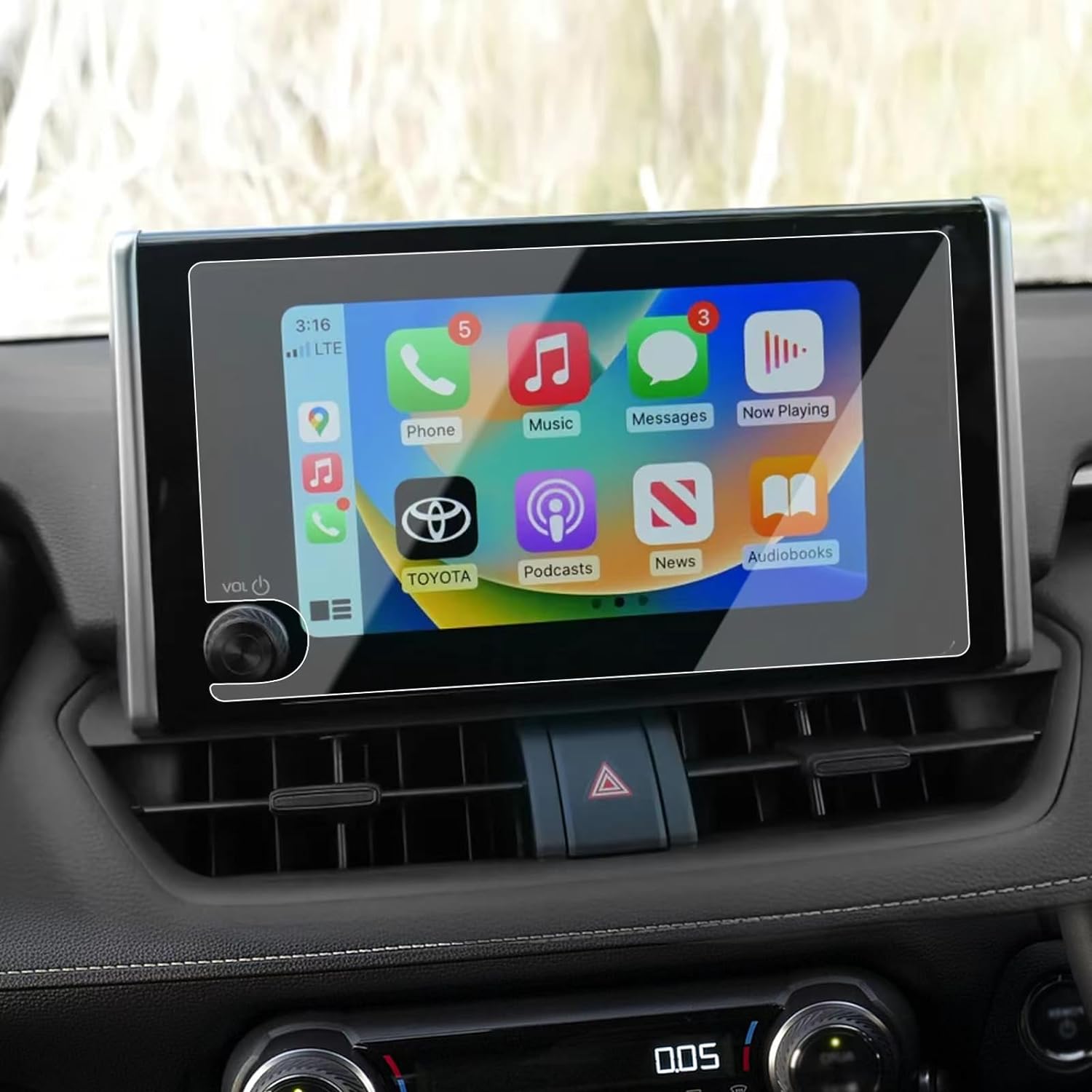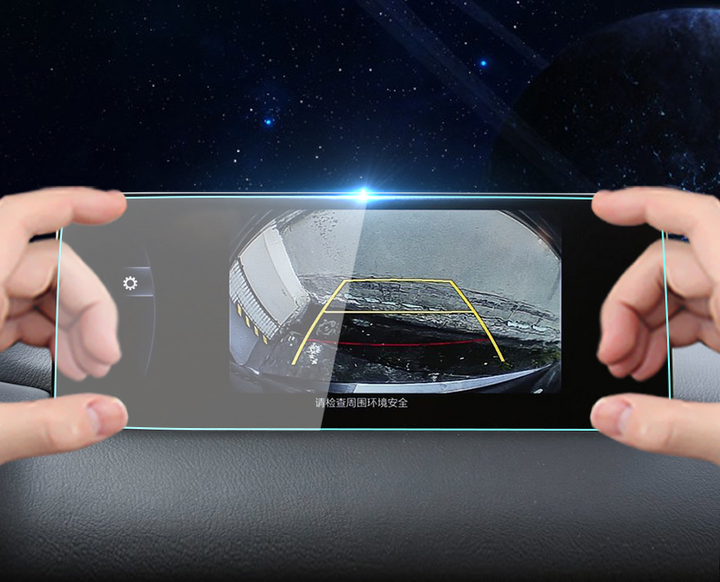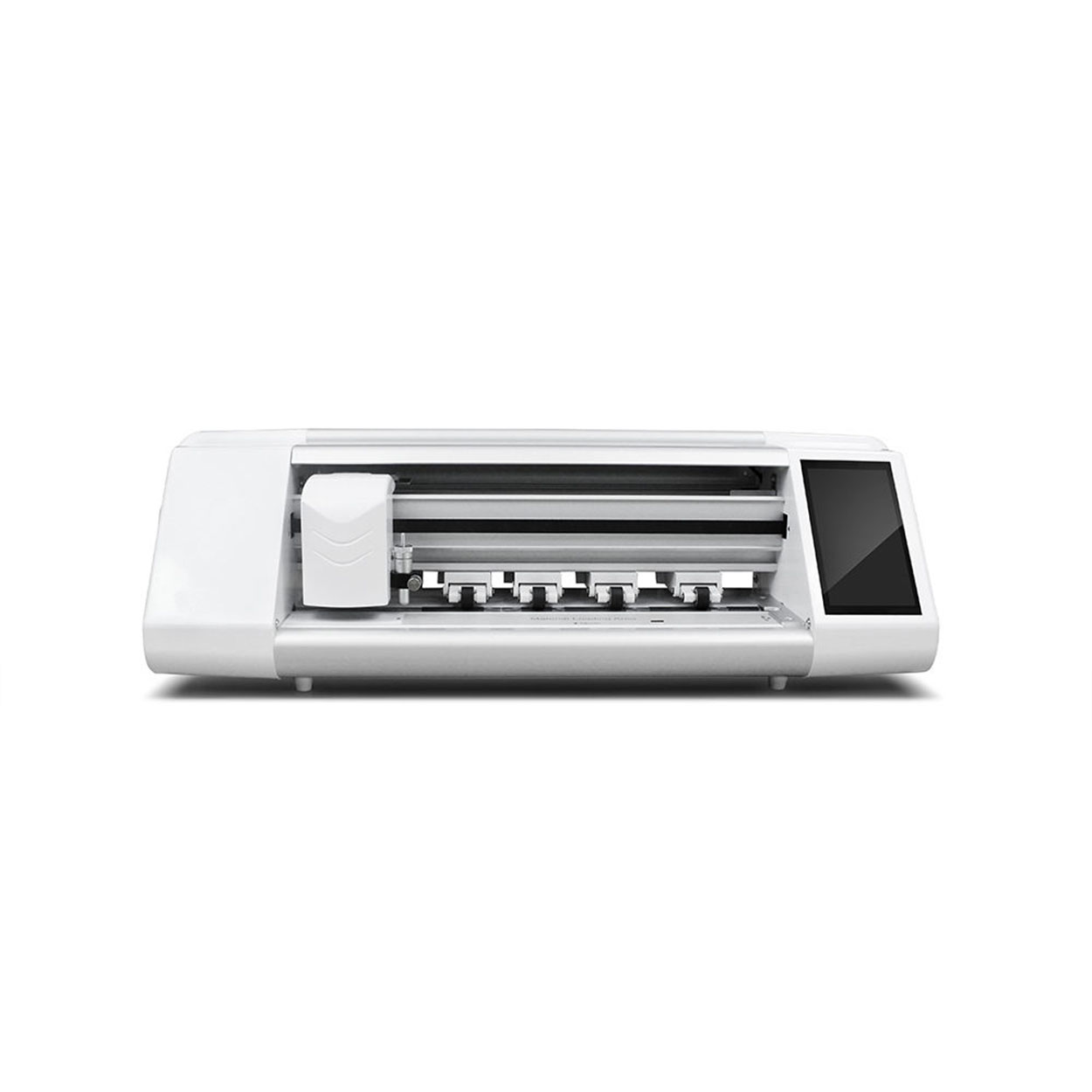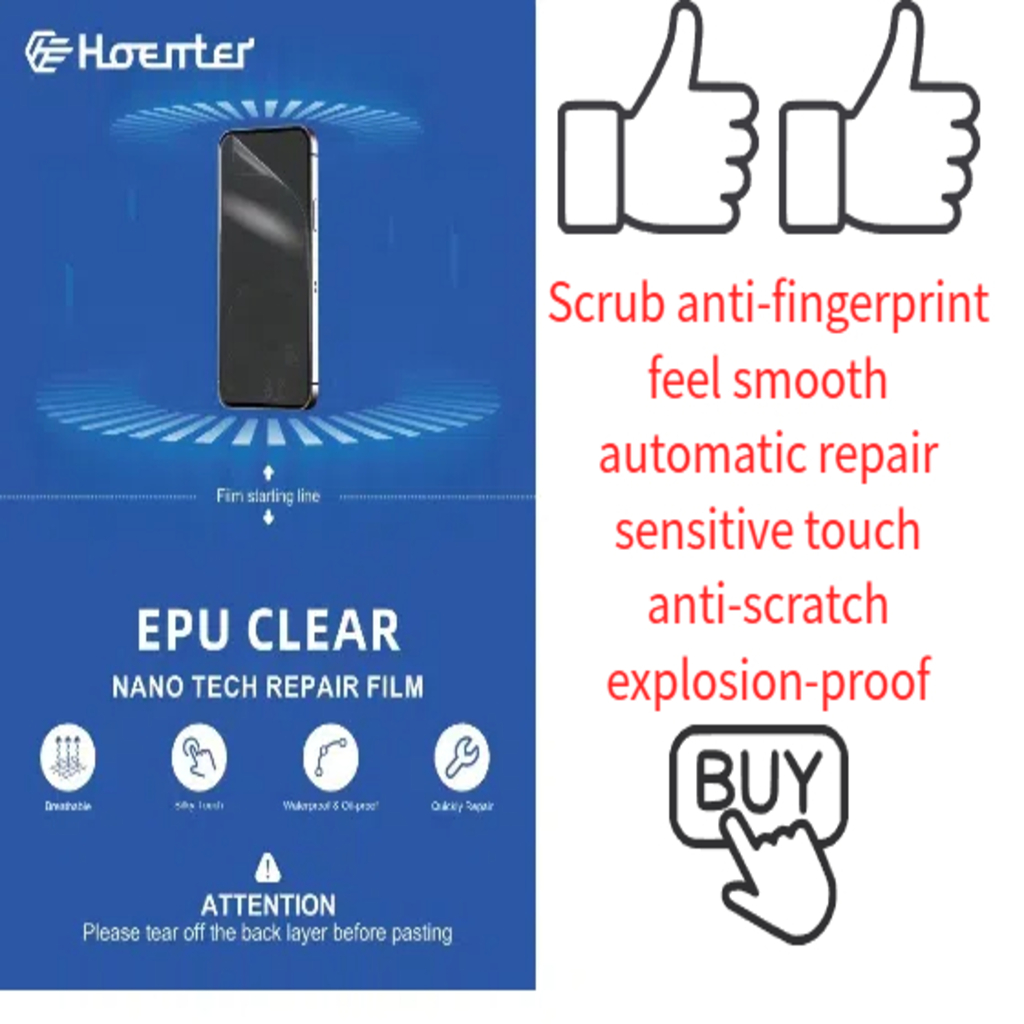
DIY Your Own Screen Protectors- The Magic of a Cutting Machine
Table of Contents
Summary
As smartphones and tablets become integral to daily life, protecting these devices from damage has become paramount. The evolution of screen protectors, from early plastic models to sophisticated tempered glass and multi-material hybrids, high- lights the importance of these accessories in safeguarding screens from scratches, impacts, and other potential hazards. This trend has given rise to innovative DIY methods that empower users to create their own screen protectors with precision and personalization.
Notably, the use of cutting machines like the UV Curing Machine, Film Cutter Plotter, and specialized screen protector cutting devices has revolutionized the DIY landscape. These machines enable users to cut various protective films with high accuracy, ensuring a perfect fit for their devices. The benefits of using cutting machines extend beyond mere functionality; they offer material versatility, precision cutting technology, and features like automatic film feeding and environmental friendliness. Additionally, these machines address inventory management issues by allowing on-demand production, thus reducing waste and stock pressures.
The article also delves into the materials and tools necessary for DIY screen protector projects, emphasizing the importance of using the right equipment for achieving professional-quality results. Detailed step-by-step guides and practical tips provide readers with the knowledge to undertake these projects confidently. Furthermore, it addresses common mistakes to avoid, such as incorrect blade settings and material misalignment, ensuring that users can navigate the DIY process smoothly and safely. While DIY screen protector creation offers numerous benefits, the article acknowledges the value of commercial alternatives, such as precut and custom cut protectors and professional cutting services. These options provide convenience and assurance of quality for those who prefer ready-made solutions. Ultimately, “DIY Your Own Screen Protectors – The Magic of a Cutting Machine” serves as a comprehensive guide, catering to both DIY enthusiasts and consumers seeking the best methods to protect their devices.
History
The evolution of screen protectors has been closely tied to advancements in mobile and electronic device technologies. Initially, screen protectors were primarily made from plastic and were designed to prevent scratches on early PDA and smartphone screens. These early plastic protectors often reduced screen clarity and were difficult to apply without trapping dust or air bubbles.
As touchscreen devices became ubiquitous, the demand for better screen protectors increased. Manufacturers responded by improving the materials used, resulting in plastic protectors that were more durable, clearer, and easier to install. However, a significant leap in screen protector technology came with the introduction of tempered glass protectors. These not only offered superior scratch resistance but also provided enhanced protection against high-impact drops.
Modern screen protectors have continued to evolve, with some now combining multiple materials to balance properties such as hardness, flexibility, and impact absorption. For example, hybrid screen protectors might feature a tempered glass layer for enhanced hardness along with a TPU or PET layer for flexibility and impact absorption. This innovation ensures comprehensive protection, incorporating features like anti-glare coatings, anti-fingerprint treatments, and oleophobic coatings to repel oils and smudges.
Benefits of Using Screen Protectors
Screen protectors offer a variety of benefits that make them a worthwhile investment for anyone looking to safeguard their electronic devices.
Cost-Effectiveness
Investing in a screen protector is a cost-effective way to avoid expensive screen repairs. Touchscreens are less durable and more costly to repair, and if your phone isn’t covered by insurance, the low price of a screen protector becomes a far better option than the high cost of a replacement screen.
Increased Durability
Our screens endure constant use and are frequently exposed to various elements that can cause scratches, cracks, or other types of damage. Using a screen pro- tector can significantly increase the durability of your device’s screen. Many screen protectors are designed to be scratch-resistant and shatterproof, meaning they can absorb and distribute the force of an impact, thereby preventing damage to the screen underneath. This added layer of protection can save you from the stress and cost associated with screen repairs or replacements.
Privacy and Security
In today’s world, where privacy and security are paramount, screen protectors offer essential benefits. Privacy screen protectors are designed to block the view of your screen from prying eyes, allowing you to use your device without worrying about someone snooping over your shoulder. Some screen protectors also come with anti-spy technology, making it even harder for others to see what you’re doing on your device. Additionally, features like fingerprint-resistant coatings and tempered glass that is difficult to break can help protect your device from hackers and thieves who may try to access your information..
Enhanced Visual and Touch Experience
The visual clarity and touch experience of tempered glass screen protectors are superior to those of plastic protectors. Tempered glass maintain the feel of the original screen, and their high translucency ensures an optimal viewing experience. High-quality screen protectors are designed to be virtually invisible, ensuring that they do not compromise the clarity or touch sensitivity of your device.
Hygiene and Smudge Resistance
Some screen protectors come with additional features like antimicrobial coatings that reduce the buildup of bacteria. They also resist smudges and fingerprints, keeping your screen cleaner for longer periods. This not only contributes to a better visual experience but also promotes better hygiene.
Additional Protection
While a screen protector is effective in preventing scratches and minor damages, it is not a one-stop solution for all types of physical damage to your phone. For comprehensive protection, combining a screen protector with a durable phone case is advisable. A good case, especially one with a “lip” over the screen, can provide more extensive protection against drops than any screen protector alone.
Features of Cutting Machines for Screen Protectors
Material Versatility
Cutting machines for screen protectors are designed to handle a variety of materials, including HD clear, matte, privacy, and anti-blue light films. These materials offer different levels of protection and functionality, allowing users to select the best option for their needs. While flexible materials like TPU and PET are suitable for cutting with these machines, tempered glass screen protectors are not compatible due to their rigidity and thickness.
Precision Cutting Technology
Advanced cutting technologies such as laser or CNC (Computer Numerical Control) are employed to achieve precision in shaping the screen protectors. These methods ensure a perfect fit by accurately aligning with the dimensions of the device’s screen, including cutouts for sensors, buttons, and cameras. The use of imported tungsten steel cutter heads results in smooth and flat cutting lines without burrs, enhancing the overall quality of the product.
Automatic Film Feeding
Many screen protector cutting machines feature automatic film feeding systems. This technology allows for induction feeding and automatically returns the material after cutting, saving time and enhancing convenience. The entire process takes as little as 30 seconds to cut one screen protector, making the machine highly efficient and easy to operate.
Durability and Strength
Screen protectors cut using these machines are made from durable materials capable of withstanding everyday wear and tear. The materials used, such as specialised polymer blends, provide high scratch resistance and impact absorption, thereby protecting the device’s screen from potential damage caused by accidental drops or abrasive objects like keys and coins.
Environmental Considerations
Unlike laser cutting machines, which can emit unpleasant gases and pollutants, these screen protector cutting machines use physical cutting methods that do not produce such emissions. This contributes to a cleaner and more environmentally friendly production process.
Flexibility and Inventory Management
One of the significant advantages of using a screen protector cutting machine is the elimination of inventory pressure. Traditional screen protector businesses often face challenges related to stocking various models and sizes. With a cutting machine, businesses can produce screen protectors on demand, leading to zero stock issues and reducing waste.
Quality Control
Ensuring high-quality output is crucial in screen protector manufacturing. Comprehensive quality control measures are implemented, starting from the inspection of raw materials to regular checks during the manufacturing process. Final inspections are also conducted to identify any defects or imperfections, ensuring that only high-quality screen protectors reach the market.
After-Sales Support and Service
Cutting machine providers often offer robust after-sales support, including professional teams that can communicate in English, quick response times, and free technical support for non-human damage within one year of purchase. This ensures that users can rely on ongoing assistance and replacement parts if needed.
Using CAD Software for Screen Protector Design
Designing a screen protector begins with creating detailed digital blueprints that align with the precise dimensions and contours of the target device’s screen. This meticulous process is essential to ensure a perfect fit, catering to devices ranging from smartphones and tablets to laptops and smartwatches. Customization options in the design phase also allow for specific adaptations, such as notches for front-facing cameras or cutouts for speakers.
Computer-Aided Design (CAD) software plays a pivotal role in this design phase. CAD programs enable designers to produce intricate 3D models that can serve as the basis for precise cutting templates. These programs are widely used across various industries, not only for screen protectors but also in sectors such as architecture, automotive, and game design, owing to their ability to create detailed and accurate representations of real-world objects.
CAD software facilitates the design process by allowing designers to simulate different materials and configurations. This capability helps in selecting the best materials based on performance and cost without the need for physical prototypes, saving both time and resources. The software also supports stress analysis tests and other simulations to ensure the final product meets all desired performance requirements before moving into the manufacturing stage.
Once the digital design is perfected, advanced machinery such as laser-cutting, waterjet cutting, or die-cutting machines are employed to cut the screen protector material with high precision. The use of cutting-edge technology in conjunction with CAD ensures that the final product adheres strictly to the designed specifications, minimizing errors and maximizing efficiency.
Step-by-Step Guide to Creating Screen Protectors
Creating your own screen protector is not only a cost-effective and eco-friendly option, but it’s also a fun and rewarding DIY project that anyone can do. Here is a comprehensive guide to help you craft a high-quality screen protector that will keep your device safe and scratch-free.
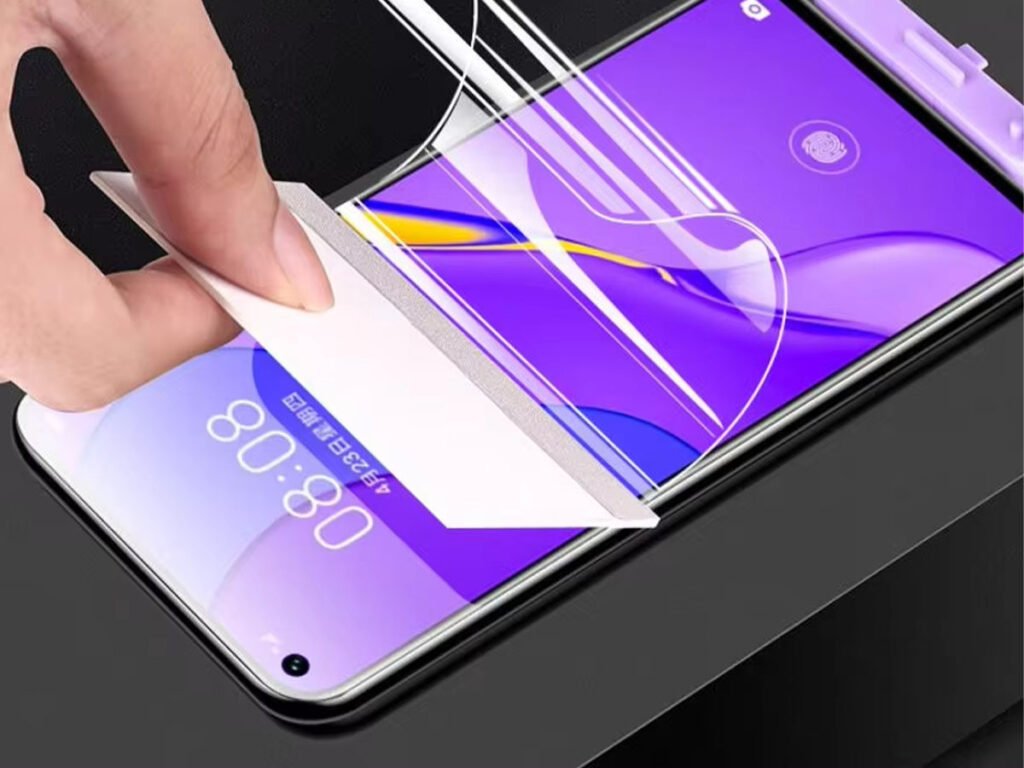
Common Mistakes to Avoid
When embarking on DIY projects involving cutting machines, there are several common mistakes that can lead to suboptimal results. Avoiding these pitfalls can save both time and resources.
Incorrect Blade Settings
Using the wrong blade settings can result in poor cutting performance. For example, the Kraft blade on some machines requires manual adjustment, which may be a challenge for those accustomed to auto blades. Ensuring that the blade depth and type are compatible with the material is essential to avoid incomplete or incorrect cuts. Additionally, keeping the blade clean and free from debris is necessary for consistent performance.
Misalignment of Material
One of the most frequent issues faced by users is the misalignment of material on the cutting mat. This can lead to the vinyl becoming crumpled or not being cut precisely to the required dimensions. The Graphtec CE6000, for instance, addresses this problem with its alignment checker, which ensures that the material and its edges are properly aligned before cutting commences. Nevertheless, it’s crucial to manually verify that the vinyl is correctly positioned on the mat before starting a project.
Overlooking Safety Precautions
Handling cutting machines and materials like tempered glass can pose significant safety risks. Proper training and the use of protective gear, such as safety goggles and gloves, are necessary to prevent injuries. Moreover, tempered glass requires careful handling to avoid shattering, making it essential to follow all safety guidelines rigorously.
Ignoring Machine Noise Levels
The noise generated by cutting machines can be a significant concern, especially in a home environment. Many desktop cutting machines can be quite noisy due to their speed and the quality of their parts. However, larger machines like the Graphtec CE6000 are designed to operate more quietly, which can be a pleasant surprise for users.
Neglecting Regular Maintenance
Regular maintenance of both the cutting mat and the blade is crucial for the optimal functioning of a cutting machine. Ensuring that the mat is clean and free from debris will help it hold the material correctly, and checking the blade for any damage or debris will maintain its cutting efficiency. In case of any persistent issues, referring to resources such as CraftStash’s inspiration section can provide valuable troubleshooting tips and project ideas. By being mindful of these common mistakes, users can enhance the efficiency and quality of their DIY projects using cutting machines.
Community and Online Resources
Cricut Design Space offers a plethora of community and online resources that cater to both beginners and advanced users alike. The platform itself includes several features designed to inspire and educate crafters. For instance, the “Ready to Make” projects provide easy, done-for-you projects that come with material lists and simple instructions for completion. You can view all available projects by clicking “View All” on the right side of each category.
One of the standout features of Cricut Design Space is the Community projects section. These projects are contributed by other Cricut users and offer a wide range of creative ideas. To access more projects, users can click “View All” to see a broader selection and can even replicate these projects themselves. For those who wish to start a new project, the platform provides a straightforward way to begin by clicking on the “New Project” button, available both in the “My Projects” row and at the upper right corner of the window.
Additionally, bloggers and content creators frequently share free SVG files and other design resources on their platforms. For instance, you can find a growing library of designs by subscribing to newsletters from popular crafting blogs. Community-driven platforms like Facebook Groups also serve as excellent resources where members share projects and files, and sometimes even create custom designs for a small fee.
Video tutorials on YouTube channels further complement these resources. Series like the “Cricut Design Space 101” offer detailed instruction on various aspects of using Cricut Design Space, making it easier for users to follow along and learn at their own pace. Some creators even offer courses like “Cricut University 101,” which includes over 30 video tutorials.
Lastly, for those looking for free or affordable commercial use fonts, specific tutorials and guides show where to find these resources, enhancing the customization options for Cricut projects. Overall, the combination of built-in Cricut Design Space features, specialized blogs, community contributions, and video tutorials provide a robust support system for all levels of Cricut users.
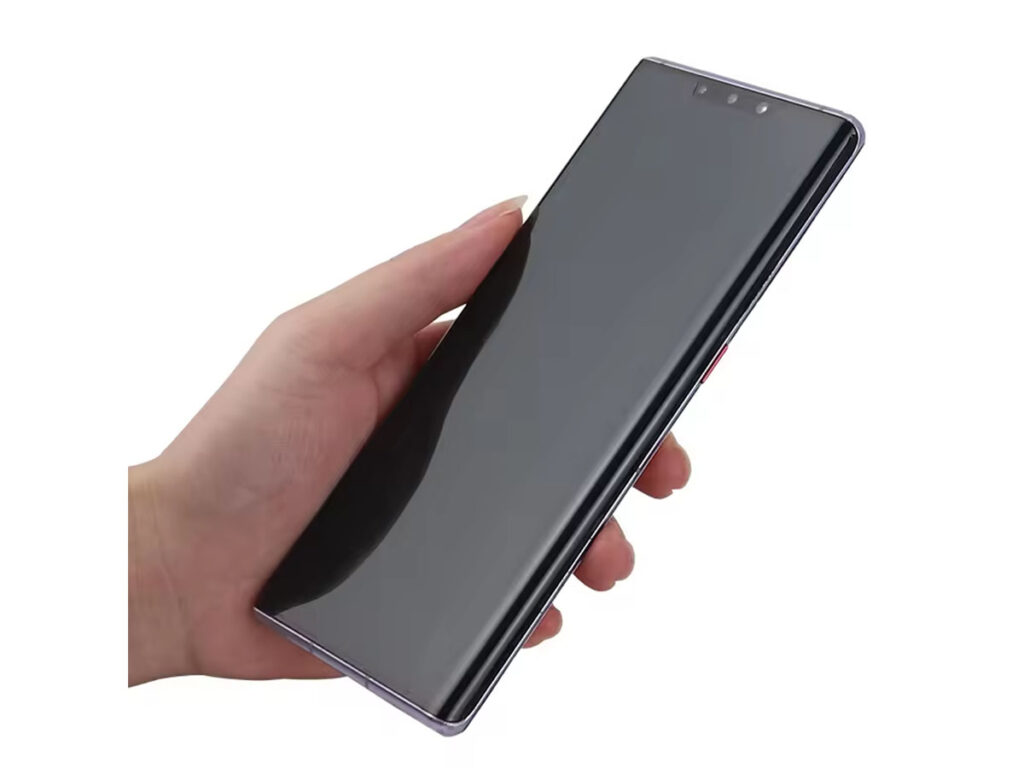
Commercial Alternatives
In the realm of screen protection, commercial alternatives to DIY screen protectors offer significant advantages in terms of quality, precision, and convenience. These alternatives can be broadly categorized into pre-cut screen protectors, custom cut screen protectors, and professional cutting services, each catering to different needs and preferences of consumers.
Pre-Cut Screen Protectors
Pre-cut screen protectors are mass-produced to fit specific device models. They are readily available through various retail channels, including online marketplaces, electronics stores, and specialized accessory retailers. These protectors are designed for easy installation and come with pre-cut templates that align perfectly with the device’s screen. Their widespread availability and ease of use make them a popular choice among consumers who prefer a quick and hassle-free solution.
Custom Cut Screen Protectors
Custom cut screen protectors offer a sustainable and personalized alternative to generic, one-size-fits-all options. These protectors are precisely tailored to fit the specific dimensions of each device, thereby minimizing material waste and optimizing coverage. They are designed to be optically clear, ensuring minimal distortion and preserving the device’s screen quality. The use of durable materials, such as tempered glass or specialized polymer blends, enhances their scratch resistance and impact protection, making them ideal for long-term use.
Benefits of Custom Cut Screen Protectors
Minimized Material Waste: Unlike generic protectors, custom cut protectors reduce waste by eliminating the need for trimming or excess materials during installation.
Optimized Coverage: They ensure full coverage of the display area, leaving no gaps or exposed edges, which prolongs the lifespan of the device.
Enhanced User Experience: Custom protectors are designed to fit each device precisely, ensuring optimal coverage and reducing unnecessary consumption, thus aligning with sustainable practices.
Professional Cutting Services
Professional cutting services provide another viable commercial alternative for screen protection. These services employ skilled craftsmen and advanced tools to achieve superior quality and precision in every cut. Utilizing state-of-the-art equipment and cutting-edge techniques, professional services ensure unparalleled accuracy and efficiency, which is especially important for high-stakes projects or unique device models. Additionally, professional services often come with guarantees or warranties on their workmanship, providing added reassurance and protection for consumers.
Pros of Professional Cutting Services
Expertise and Experience: Skilled craftsmen with extensive experience handle the cutting, ensuring superior quality and precision.
Advanced Tools and Techniques: The use of advanced equipment enables precise cuts that meet exacting standards.
Guaranteed Results: Warranties and guarantees on workmanship provide peace of mind to consumers. While DIY screen protectors offer flexibility and cost savings, commercial alternatives provide assurance of quality, precision, and convenience, catering to a wide range of consumer needs.
Comments
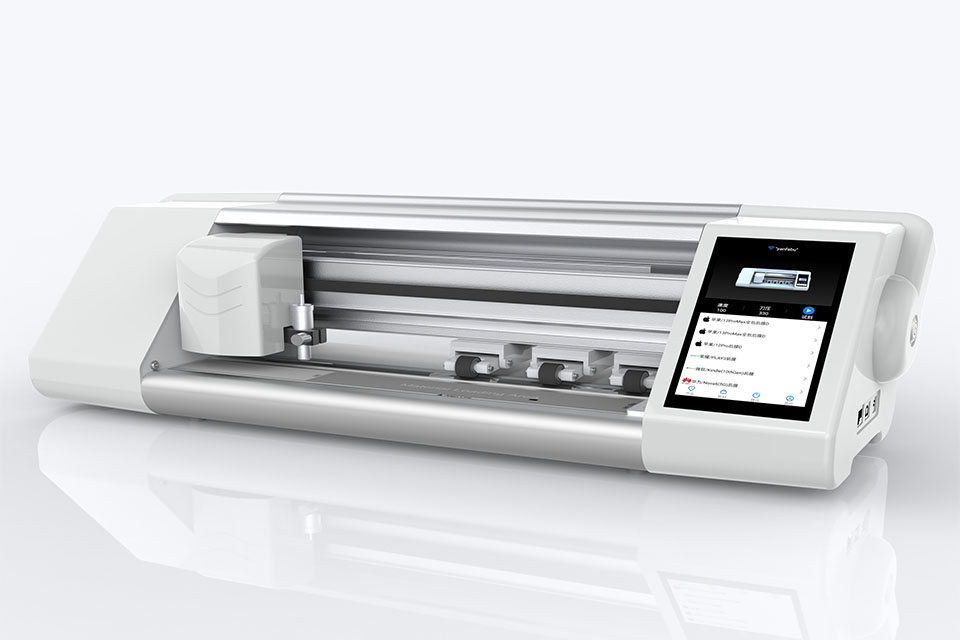
Revolutionize Device Protection with Screen Guard Cutting Machine
Whether you possess a smartphone, tablet, or smartwatch, this versatile machine accommodates a vast array of devices. It seamlessly adapts to the dimensions of your gadget, offering a custom fit that generic protectors can’t match.

The Manufacturing Process- Inside a Screen Protector Factory
The manufacturing process of screen protectors combines material science, technological innovation and environmental responsibility. As technology advances, the industry is constantly addressing challenges related to sustainable development while providing device protection.

How to Remove a Screen Protector: A Step-by-Step Guide for iPhone Users
Are you struggling with a scratched, bubbled, or worn-out screen protector on your iPhone? Don’t worry! This comprehensive guide will walk you through the process of safely removing your old screen protector, whether it’s a standard film or tempered glass. We’ll cover everything from preparing your workspace to applying a new protector, ensuring your iPhone’s screen stays pristine. Read on to discover expert tips, common pitfalls to avoid, and why proper screen protector removal is crucial for your device’s longevity.
Buick Envision 2024 GPS Navigation Tempered Glass
Our Buick Envision 2024 Navigation Protector offers superior protection for your new SUV’s display.
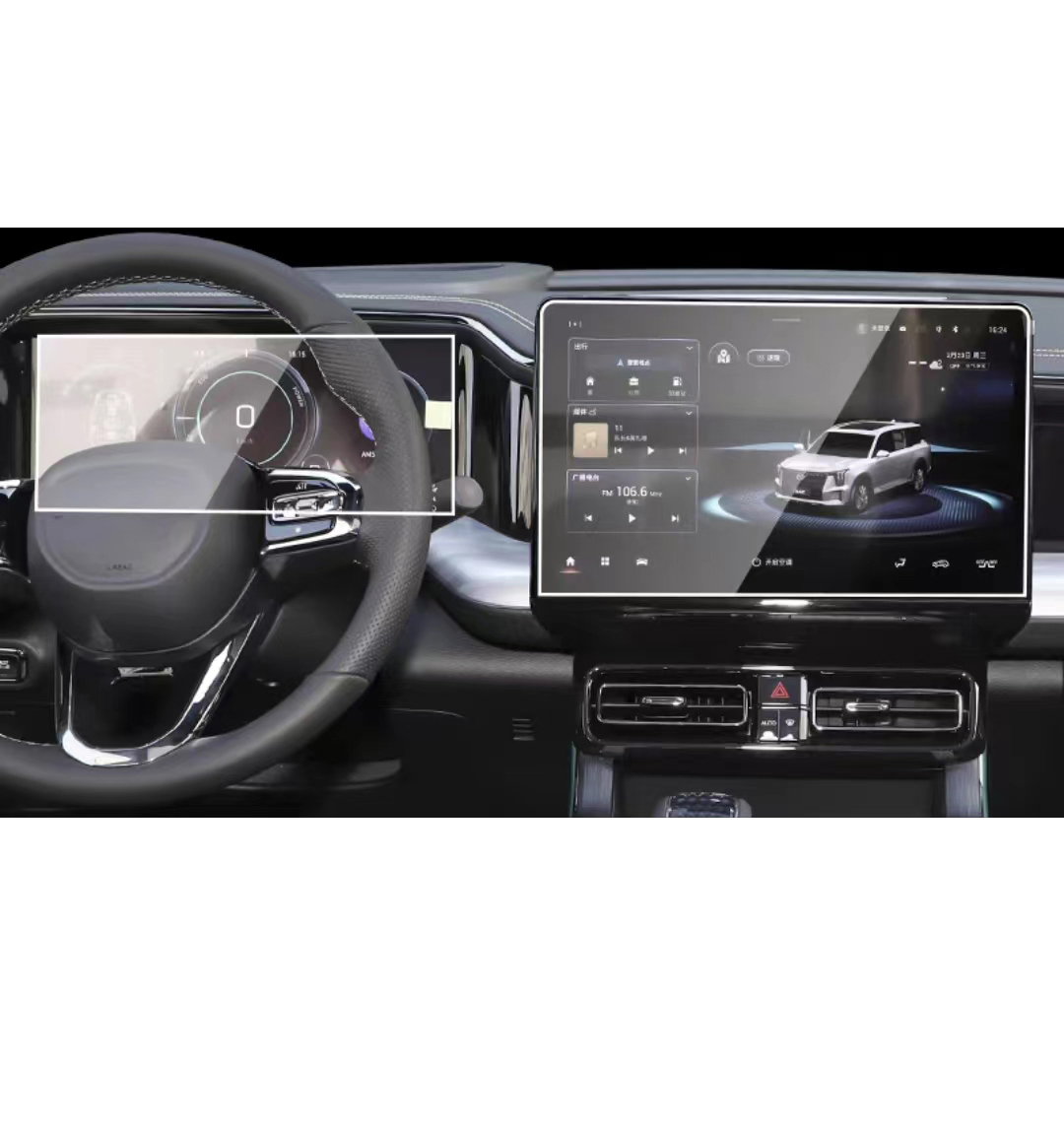
Trumpchi GS8 2024 Navigation Instrument Tempered Glass
Protect your investment with a high-quality Trumpchi GS8 2024 Screen Protector.
Tags
Find All knowledge and trends from our blog, get the wholesale price and best quality from our factory.
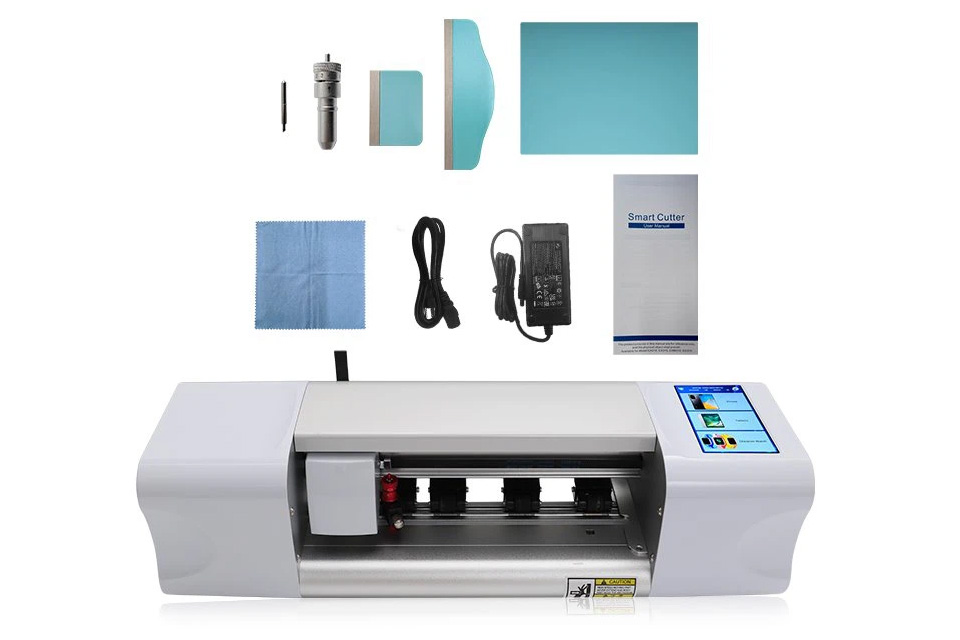
What Film Cutting Machine and Its Application
Film cutting machines have played a crucial role in the evolution of filmmaking and various industrial processes by enabling precise cutting and splicing of film materials.
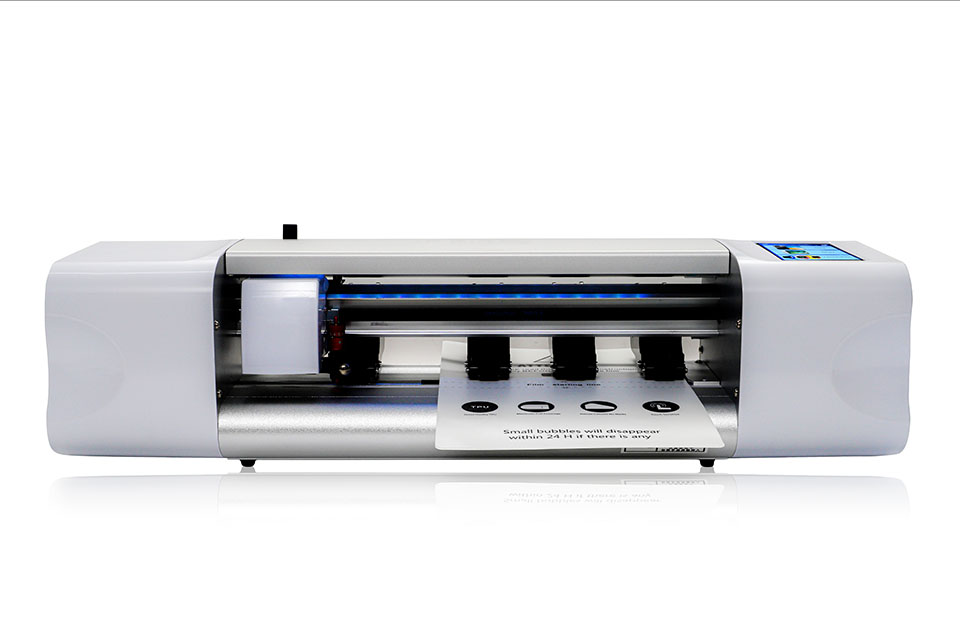
What Is a Screen Protector Cutting Machine?
A screen protector cutting machine is a specialized device designed to produce custom-fit screen protectors for various electronic devices, including smartphones, tablets, smartwatches, laptops, and monitors.
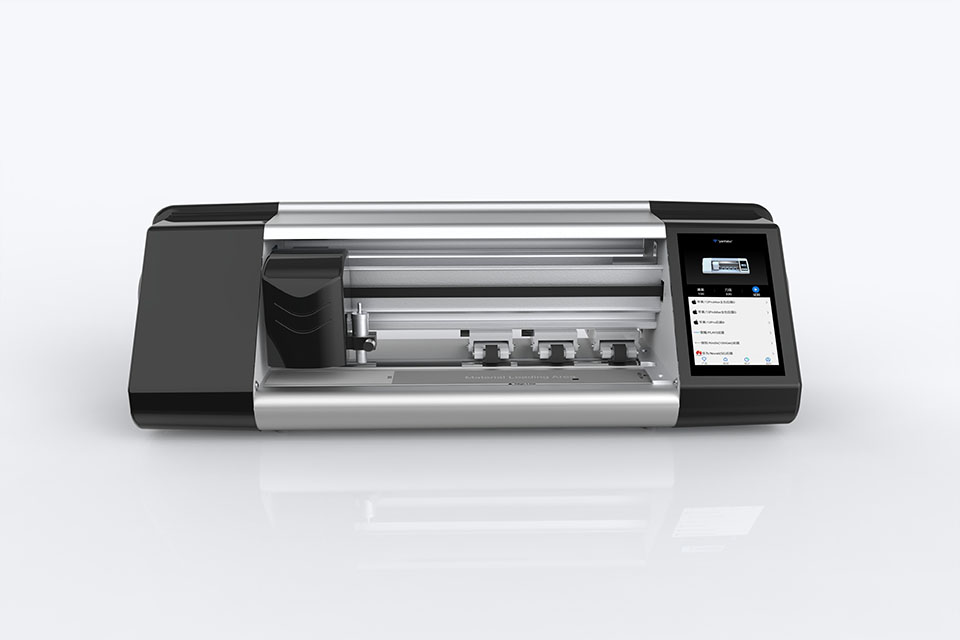
How Mobile Phone Screen Protector Cutting Machine Work?
A mobile phone screen protector cutting machine is a sophisticated device designed
to produce customized screen protectors for various digital devices with high preci
sion and efficiency.
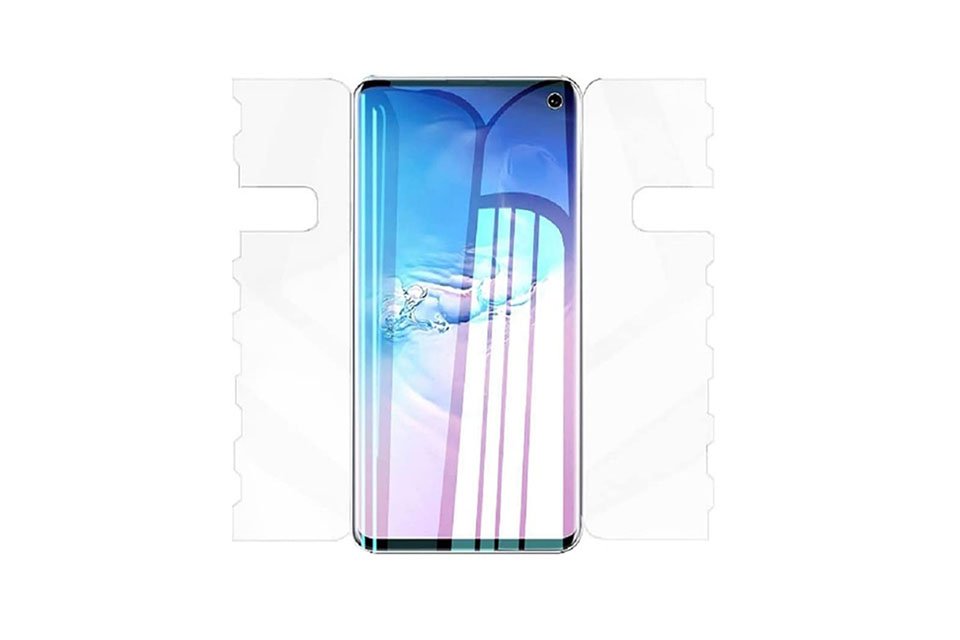
Characteristics of Mobile Phone Tempered Glass and Mobile Phone TPU Screen Protector
Thermoplastic polyurethane (TPU) screen protectors are flexible, durable, and
self-healing plastic films designed to protect electronic device screens from
scratches, impacts, and other potential damages.

Revolutionize Device Protection with Screen Guard Cutting Machine
Whether you possess a smartphone, tablet, or smartwatch, this versatile machine accommodates a vast array of devices. It seamlessly adapts to the dimensions of your gadget, offering a custom fit that generic protectors can’t match.

Screen Protector Lifetime Warranty
A screen protector lifetime warranty is a guarantee provided by manufacturers that
promises to repair or replace a screen protector for the lifetime of the product, under specific terms and conditions.



